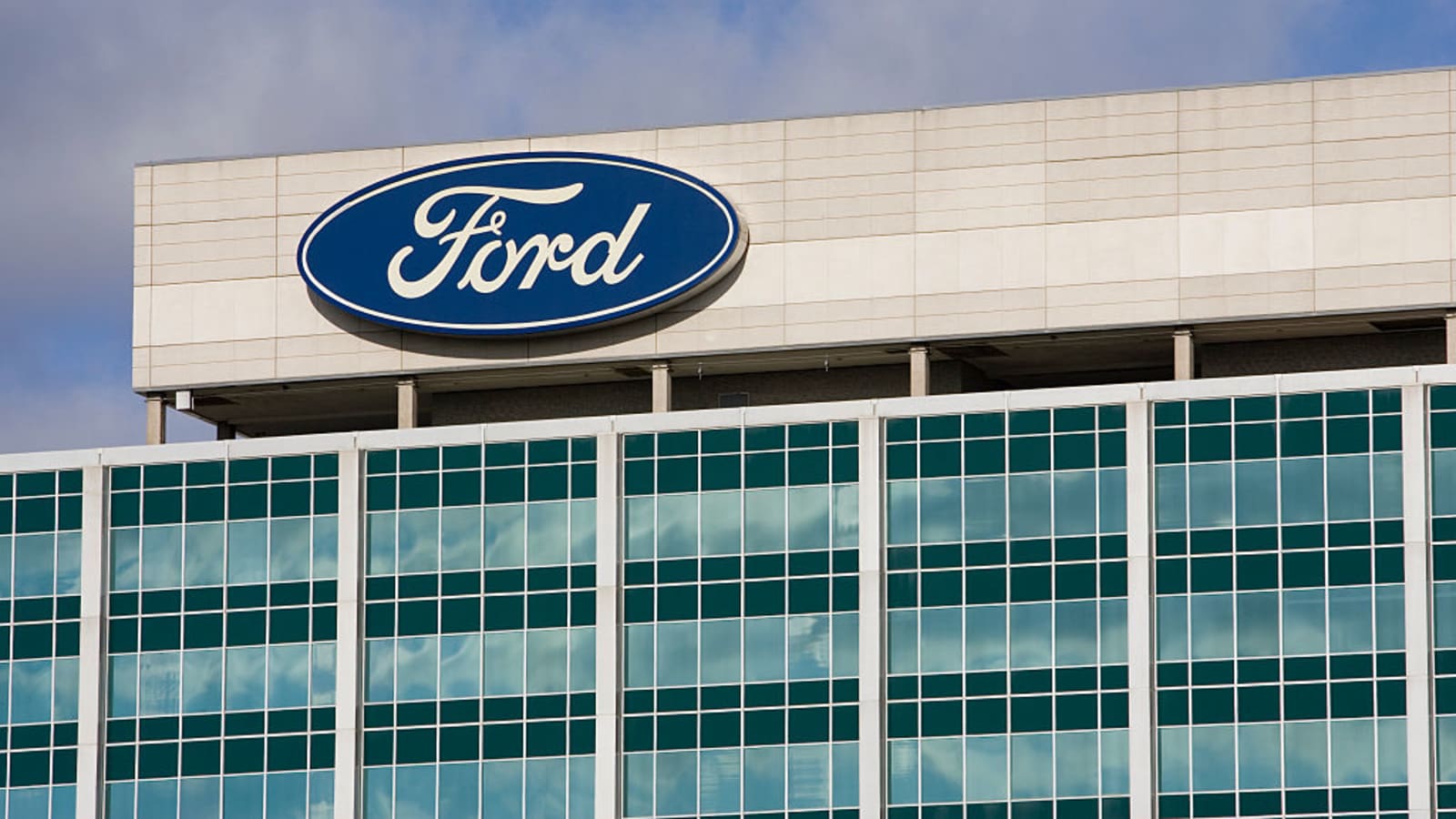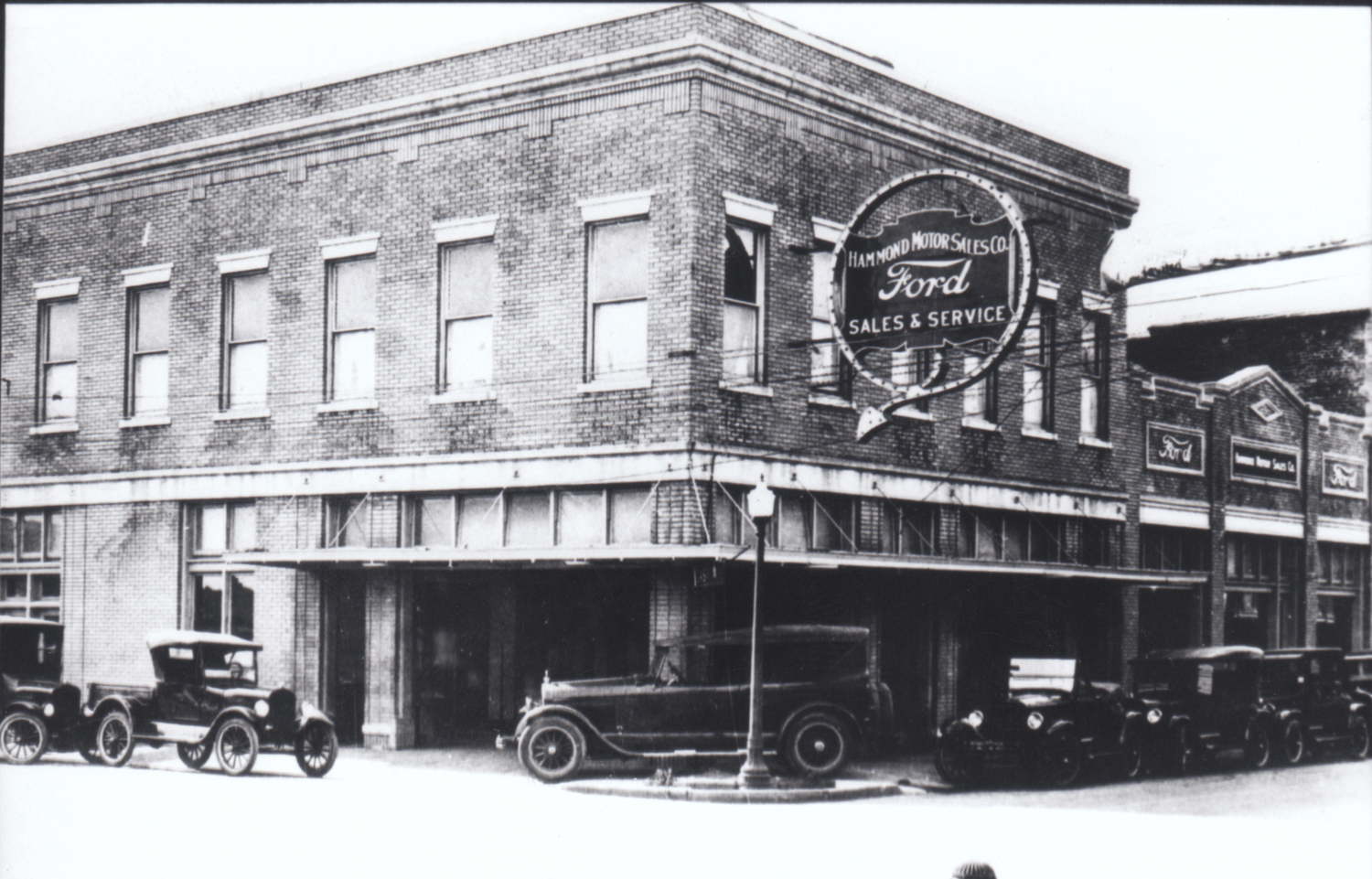The silhouette of Michigan Central Station, once a poignant symbol of urban decline, now shines as a beacon of hope and innovation in Detroit’s historic Corktown neighborhood. This iconic landmark, shuttered since 1988, experienced a spectacular revival, marking a significant chapter in Detroit’s ongoing renaissance.
Ford’s Visionary Investment

In a bold move that underscores its commitment to urban revitalization and technological innovation, Ford Motor Company acquired the long-abandoned Michigan Central Station in 2018. After six years of relentless efforts involving 3,100 skilled tradespeople and 1.7 million hours of labor, the station has been transformed into a vibrant hub for Ford’s autonomous vehicle team, alongside a variety of public spaces including shops and restaurants.
Michigan Central: A New Dawn
The grand reopening of Michigan Central Station, which took place on a Thursday, was not just a celebration of architectural restoration but also the unveiling of a 30-acre technology and cultural hub. Ford’s ambitious project goes beyond housing its own teams; it aims to attract a diverse mix of companies, entrepreneurs, and students. The goal is clear: to foster innovation and develop new products and services that resonate with Ford’s customers and contribute positively to society.
A Symbol of American Resilience

“The car company Ford is growing. We didn’t go bankrupt many years ago. And now, despite the EV headwinds, the city is thriving. Ford is starting to thrive,” remarked Ford CEO Jim Farley on “Barron’s Roundtable.” His words not only reflect the company’s current upward trajectory but also its integral role in Detroit’s economic resurgence. Farley proudly asserts that the station is more than just an architectural marvel—it’s a symbol of what can be achieved in America.
A Future Forged in Innovation and Community
Looking ahead, Ford plans to move its Ford Model e and Ford Integrated Services teams into the station’s newly renovated spaces. By the end of the year, about 1,000 employees will call the Michigan Central district their workplace, with aspirations to more than double this number by 2028.
Moreover, the station will feature a dedicated youth programming floor and 23,000 square feet of flexible space designed to nurture the next generation through local and national organizations. This initiative is part of a broader strategy to ensure that the revitalization of Michigan Central Station also serves as a catalyst for community development and engagement.
Green Spaces and Cultural Flourishing

Ford’s vision extends into the creation of a network of green spaces and local programming that will host arts and cultural events, further enriching the community’s social fabric. This blend of technological innovation and cultural vitality is set to redefine the landscape of downtown Detroit, making it a model for urban renewal efforts across the country.
Detroit’s Rising Star
Michigan Central Station’s transformation is a testament to Ford’s investment in the future—both of its own legacy and the city of Detroit. As this historic site begins its new life as a center for innovation and community engagement, it stands as a proud symbol of Detroit’s resilience and its potential to thrive in the years to come. This project is not just about revitalizing a building but is a cornerstone in the blueprint for America’s urban future.










